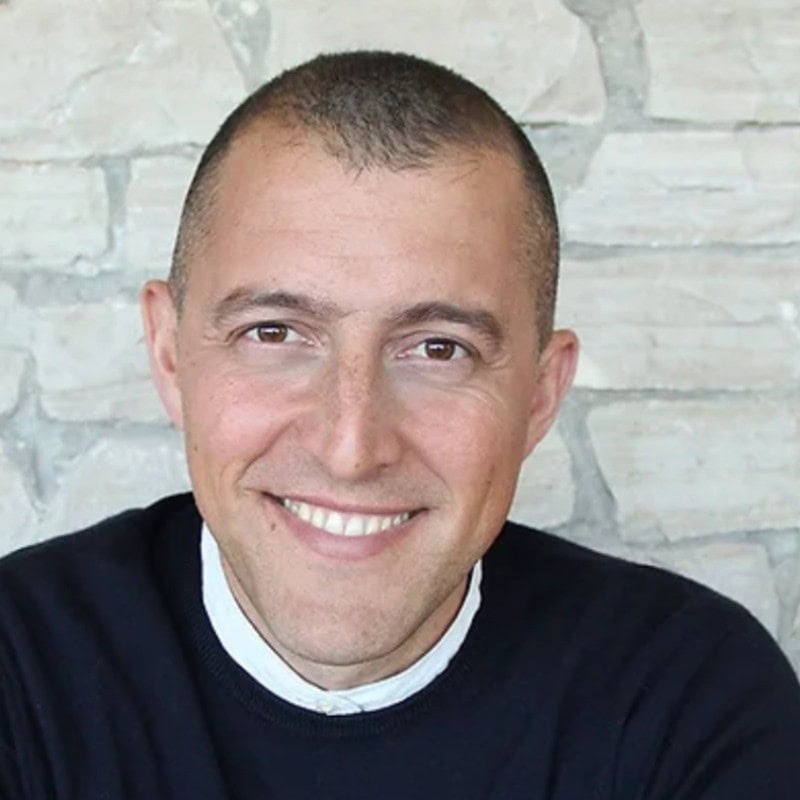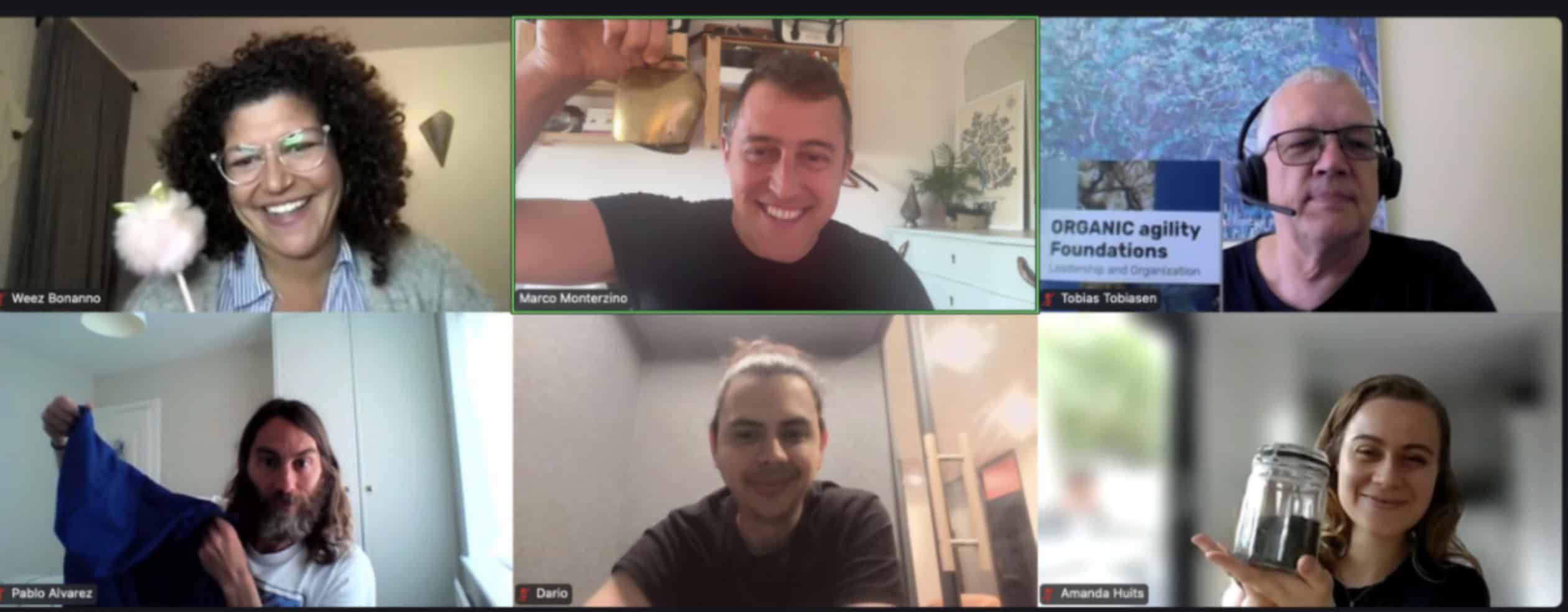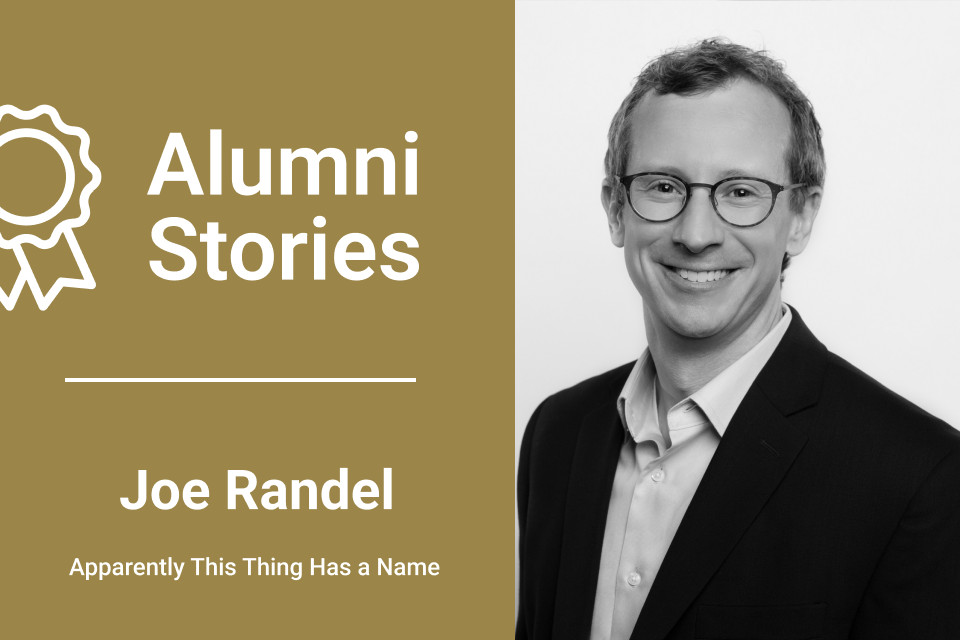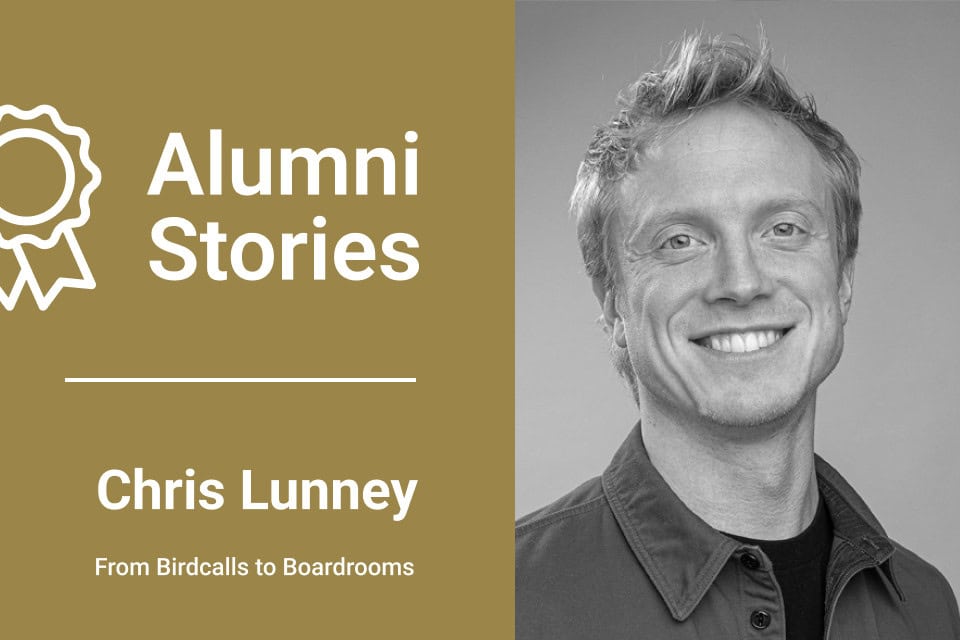How a luxury product designer turned rural innovator is helping organizations build resilience through facilitation
I guess you could say my path to facilitation was far from obvious. My journey began in the world of industrial design—physical products, beautiful materials, craftsmanship. I studied at Central Saint Martins in London, one of the most prestigious design schools in Europe. Back then, I was designing high-end objects like lighters and fountain pens. One of my first breakout projects was for ST Dupont, a French company known for their opulent lighters. I designed a piece called Diva—a lighter that offered a flame in the palm of your hand as a gesture of elegance and openness. It was theatrical. Poetic. And it got me noticed by the Comite Colbert, an association that includes heritage houses like Hermes.
Saint Martins opened many doors. It’s a place that lives at the intersection of art, fashion, and design—and it builds those bridges actively. I was surrounded by people who would go on to define what design meant in our generation. Alumni from the college include people like Alexander McQueen and other cultural pioneers. But even within that buzz, I always felt slightly out of sync with the end users of the products I was making. I didn’t smoke. I didn’t collect luxury pens. The objects I created were beautiful, yes—but they didn’t speak to my own values.
That lack of connection eventually pulled me away from luxury goods and toward something more utilitarian: product innovation. I joined Untapped Innovation as an associate, an inspiring consultancy born out of the Procter & Gamble tradition, working on fast-moving consumer goods. It was a different world—less about ego, more about process. And for the first time, I saw design being used not just to beautify, but to solve real problems.
At Untapped, I was supporting clients on the kinds of innovation cycles that couldn’t afford to fail slowly. These were products that needed to hit market targets fast. I saw design being embedded into R&D cultures—teams using storytelling frameworks like The Hero’s Journey to envision and test ideas. This was a different flavor of creativity, one that was deeply tied to facilitation. That realization pulled me into a new kind of inquiry. What if the magic wasn’t in the object, but in how we created space for people to explore and invent together? Though I didn’t call it that at the time, what I saw was design in service of unlocking thinking and a new journey had begun.

It deepened when I joined Makerversity, a creative incubator in London. I started overhearing conversations about design sprints, and that led me to Jake Knapp’s book. Suddenly, I had language for explaining human-centered design that until then had felt intuitive but hard to articulate. I was working with hardware startups at the time, running sprints that let them move from insight to testable prototype in a week. It felt like magic.
Makerversity was something special—a post-university creative ecosystem, full of fellow Central Saint Martins, Royal College of Art and Goldsmiths grads. We were all building and learning together. One day I heard someone on the phone quoting sprint fees and thought, “Wait, you can get paid to do that?” It clicked. I started facilitating sprints for physical products, and it felt like everything I had learned as a designer could now serve people more directly.
But then came a pivot. I joined Innovate UK Business Connect (formerly Knowledge Transfer Network) a public innovation agency in the UK. I was brought in to help set up their first in-house innovation studio. Then the pandemic hit. Workshops, conferences, and events—everything that was supposed to be our bread and butter—came to a halt. Our team had to adapt, fast. We started running sessions on how to design and facilitate virtual workshops. At first, it was a bit rogue. We didn’t even call it design thinking. But it worked. We created peer-to-peer learning ecosystems using tools like Mural and quietly built a network of change agents inside the organization.
We were helping civil servants become better collaborators, even if they didn’t know it yet. We avoided buzzwords. We just said, “Want help making your next virtual session better?” It was facilitation in disguise. Over time, the executive team started to notice. They gave us their blessing—and eventually their support. We began to tell “agents of change” stories, celebrating internal facilitators who were designing better experiences for their colleagues.
I didn’t realize it right away, but I was facilitating. And I was good at it. Eventually, I left London with my partner, sold the floating home we’d been living on, and began a new chapter in the rural south of Italy. We visited 20 potential towns, sleeping in a converted SUV, before finding a place that felt right. We now live off-grid among shepherds and olive trees. It’s beautiful. But I missed that connection with my community of practice.
That’s when I found Voltage Control. I remember tuning into a Practice Playground and thinking, “These people care.” It was a different vibe—not competitive, not performative, just deeply committed. That energy pulled me in. I started volunteering to run the Facilitation Lab Europe sessions. And I knew I had found my tribe.
Rehearsing Confidence, Rebuilding Purpose
After about six months of running the lab, I started to feel like I was the bottleneck. I didn’t always feel entitled to lead sessions for facilitators who were far more seasoned than me. I wanted to learn from them, yes—but I also wanted to give something back. And I realized that to do that, I needed more confidence and structure.
That’s when the idea of certification took root. Not because I needed another credential, but because I wanted to treat myself to a period of focused development—a time to rediscover my purpose, like I had done back in design school. I had pivoted from industrial design to change work, and this felt like the missing bridge.
I think of it like returning to studio time. A protected space to try things, reflect, and deepen my craft. Except this time, the material wasn’t foam core or acrylic. It was people. Conversations. Collaboration. That’s what I was learning to shape.
Voltage Control had already earned my trust. I’d been around the community long enough to know it wasn’t just talk. You could feel the integrity. And with a bit of help from the team, I enrolled.
A Community That Practices What It Preaches
The certification wasn’t full of checklists and corporate templates. It was something else entirely. What struck me most was the peer learning. Somehow, this program self-selects for growth-minded humans. Many of us came from corporate roles, but no one was there to tick a box. We were all there to grow.
I especially connected with Kate Wing, a cohort mate from California who works in ocean conservation. We came from opposite worlds, but our energy was aligned. We were both treating this as a gift to ourselves. Her passion and wisdom helped me trust my own voice.
The program also helped me access something I now call my equanimity hack. I discovered a simple mental shift that brings me back to balance in moments of stress: “I’m here to serve you.” That small mantra changed the way I carry myself . I use it constantly.
Turning Points and Use Cases
Another unexpected gift was the portfolio work. As a designer, I was no stranger to portfolios, but this was different. It helped me clarify the use cases for my facilitation practice: strategic alignment for leadership transitions, strategy enablement for large organizations, and cross-industry innovation for resilient supply chains.
I realized my superpower is helping organizations access their own resilience. That insight had been sitting under the surface, and the portfolio process helped me name it.

I restructured my entire website around this. I now organize my offerings not just by service, but by scenario. New CEO onboarding? I’ve done that. Multi-team strategy enablement? Got a toolkit for it. Industry transformation where traditional players need to collaborate across silos? Let’s talk. It’s been grounding.
Working from the Inside Out
One of the most rewarding experiences I’ve had since certification has been with a company I supported through a leadership transition. The outgoing CEO trusted me enough to introduce me to the incoming leader. That referral carried so much weight. It said: this person can help you. He helped me. That’s gold.
My role? Helping them bring 400 people along a new direction of travel. Facilitating not just strategy, but alignment. Making sure change isn’t something that slows them down, but something that propels them forward. They don’t have a C-suite designer, but they’ve trusted me to help them become more adaptive. That feels like meaningful work.
What Comes Next Is Already Happening
I’m currently collaborating with a research group at Princeton University, helping with alignment and teamwork as they prepare to launch a new book and website. It’s bringing me closer to the world of education in a hands-on way—and I’m finding it genuinely engaging.
During a recent business trip in London, a contact from my past reached out—someone who’s just taken a senior role at a prestigious university. He asked if I do lecturing. I said I offer experiential learning. That conversation sparked something new: the idea of taking on a formal role in education alongside my consulting work.
Education feels like a natural extension of what I’m already doing. Helping people organise their thinking, collaborate better, and communicate with clarity—that’s facilitation. But it’s also teaching. As I step further into that space, it feels like the pieces are aligning. It’s still early, but it feels right.
Give It Time, It Gives Back
If you’re considering certification, my advice is simple: Make time for it. Don’t let the effort scare you. It’s an investment in yourself, and it pays dividends. You get back more than you put in—but only if you commit fully . Really bring your whole self to it . Because the community will meet you there.
And when it does, it might just change how you see yourself—not as someone who leads change, but as someone who makes it possible for others to step in, shape it, and carry it forward.


